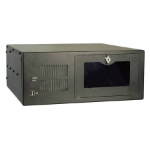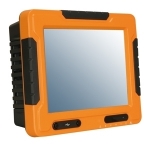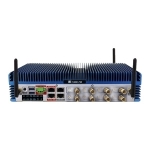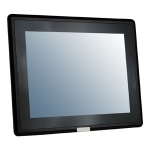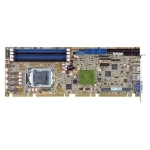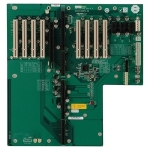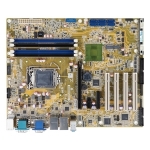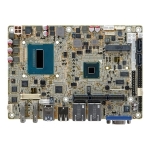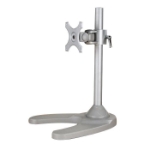Mobile computing devices, namely tablet PCs and industrial PDAs, are becoming increasingly popular for out-field use. Their versatility makes them useful in public safety and field service applications. However, popular consumer tablets or handhelds are not designed to meet outdoor use, especially where the environment is tough. They are not designed to work in the rain, or extreme hot or cold temperatures, or in areas where dust and dirt could interfere with the device. For these environments, tougher devices are required – those that meet the “rugged” standard.
So, what defines “rugged”? From the user’s perspective, rugged refers to the device’s ability to operate in the work environment that in is exposed to. However, different users work in different environments. Hence, rugged means something slightly different from one user to the other. For example, a tablet PC used in a warehouse will be more likely exposed to dust and drops, but will less likely be used in extreme temperatures. To meet the needs of all possible users, the industry has agreed upon a general a set of standards to test for a device’s ruggedness. There standards include tests for: extreme operating and storage temperatures, Ingress Protection (IP Grade) as well as drop survival.
- IP 64 Rating – Dust tight and protected against water splashed against the component from any direction
- Operating Temperature – 14ºF ~ 104ºF – It can be operated under a wide range of temperatures
- 3.93ft Drop Test – Passed the 3.93ft drop test on all sides 26 times
- Storage Temperature – 14ºF ~ 140ºF – It can be stored under extreme temperature

